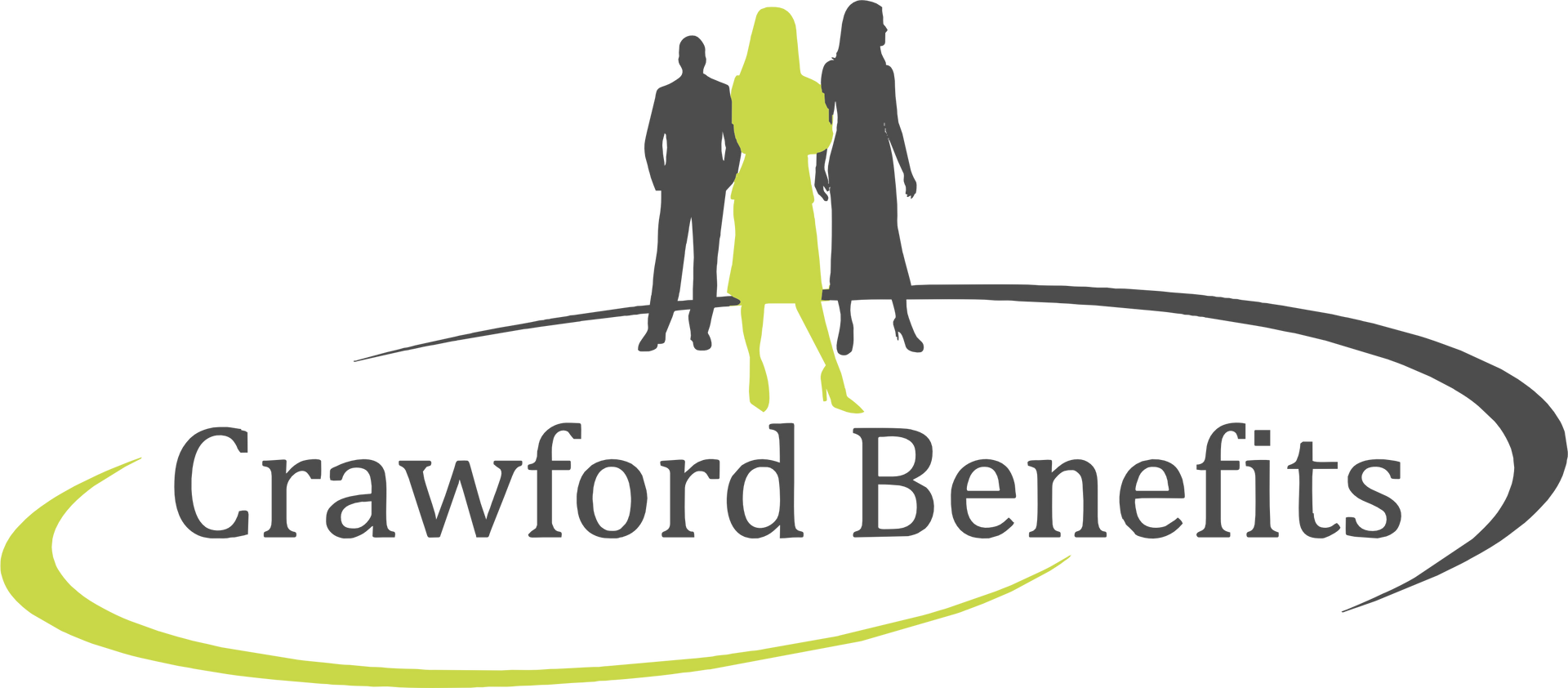What’s Changing in 2026: A Consumer’s Guide to Marketplace & State-Based Health Insurance
Big changes are coming in 2026 for people who use Healthcare.gov or a state-based health insurance exchange. These updates will impact eligibility, premium assistance, and how you stay enrolled. If you rely on the Marketplace for affordable coverage, here’s what you need to know and how to prepare.
Loss of Enhanced Premium Tax Credits
The extra help many people have been receiving to lower monthly premiums, known as enhanced premium tax credits (ePTCs), is set to end after 2025. These subsidies, expanded under federal relief laws, made more people eligible and capped premium costs at 8.5% of income. Without Congressional action, premiums will rise for millions of Americans, with some seeing increases of 75% or more. The Congressional Budget Office estimates that approximately 4.2 million people could lose coverage as a result.
Stricter Enrollment & Eligibility Rules
New rules beginning in 2026 will make enrollment more difficult for many. Low-income households under 150% of the federal poverty level will no longer have access to year-round enrollment through Special Enrollment Periods (SEPs); instead, they’ll be limited to the standard open enrollment window or qualifying life events. Income verification will also tighten, applicants must now submit proof of income during enrollment or renewal and respond within 90 days, ending the previously available 60-day extension. Auto-renewal will also no longer be available for subsidized enrollees; if you don’t confirm your information, you could lose your financial assistance and be enrolled in a $5/month basic plan by default for members with $0 premium. And if your reported income doesn’t match IRS records, you’ll be required to justify your estimate or risk denial of coverage. These changes are meant to improve program integrity, but they also increase the paperwork and deadlines consumers must manage. Using an agent can be even more important in understanding and navigating the enrollment process.
Changes for DACA Recipients
As of 2026, individuals with Deferred Action for Childhood Arrivals (DACA) status will no longer be considered “lawfully present” for the purpose of enrolling in Marketplace coverage or receiving subsidies. This reverses a 2024 rule that expanded access and will impact roughly 10,000 people nationwide who currently rely on Marketplace insurance.
End of APTC Repayment Caps
Another major shift for 2026 is the removal of the cap on repaying excess Advanced Premium Tax Credits (APTC). In the past, if your income ended up higher than expected, your repayment was limited based on your income level. That protection is going away. Starting in 2026, if you miscalculate and receive more tax credits than you’re entitled to, you’ll have to repay the full amount, no matter your income level. This makes accurate income estimates and midyear updates even more critical.
Revised Open Enrollment Period
The open enrollment window for 2026 will run from November 1, 2025 through January 15, 2026, giving consumers around 10 weeks to select or renew their plans. However, starting in 2027, that window will likely shrink. Federally-facilitated Marketplaces are expected to reduce open enrollment to just six weeks (November 1 to December 15), while most state-based exchanges may adopt slightly longer timelines.
Expanded Access to Health Savings Accounts (HSAs)
There is good news for some consumers, beginning in 2026, many more Marketplace plans will become HSA-eligible. Specifically, bronze and catastrophic plans will now qualify as High-Deductible Health Plans (HDHPs), meaning you can open and contribute to a Health Savings Account. HSAs let you save money tax-free for qualified medical expenses, providing added flexibility and financial benefits.
Updated Cost-Sharing Limits
Out-of-pocket maximums are increasing as well. For 2026, the most you’ll have to pay for covered medical expenses in a year will rise to $10,600 for individuals and $21,200 for families. These limits are adjusted annually to reflect changes in healthcare costs and inflation, and they could impact budgeting for anyone who uses a high-deductible plan.
How These Changes Affect You
Whether you enroll through Healthcare.gov or a state-based exchange like Georgia Access, these federal rules apply across the board. Some states may offer their own subsidies or support programs, but the most significant policy shifts, such as tighter verification, reduced enrollment flexibility, and the loss of financial protections, will be nationwide. State-based exchanges may try to ease the transition with better outreach and resources, but the burden will ultimately fall on consumers to stay informed and meet new requirements.
What You Can Do to Prepare
If you use Marketplace coverage, take these steps to protect yourself. First, estimate your income carefully when applying. Without a repayment cap, underestimating can lead to a large tax bill. Be sure to update your income midyear if your financial situation changes. Second, gather and submit your verification documents on time. You’ll likely need to provide proof of income, immigration status, or other eligibility criteria more quickly than before. Third, don’t rely on automatic renewal, reach out to us to update your information and confirm your plan each year. Fourth, keep track of the enrollment window and plan to take action between November 1, 2025 and January 15, 2026. Lastly, consider opening an HSA if you select a qualifying plan. These accounts can help you manage out-of-pocket expenses while offering valuable tax savings.
Looking Ahead
The 2026 health insurance landscape will bring significant changes. With the possible end of enhanced subsidies, tougher enrollment rules, and greater financial risks for reporting errors, consumers must stay engaged to maintain affordable coverage. While state exchanges may provide support, the main rules apply nationwide, and the stakes are higher than ever. Staying organized, watching deadlines, and updating your information will be key to protecting your health coverage in the years ahead. Please reach out to our office via phone at 706-257-5073 or email at info@michellecrawfordbenefits.com so we can assist you in navigating your coverage with ease!



